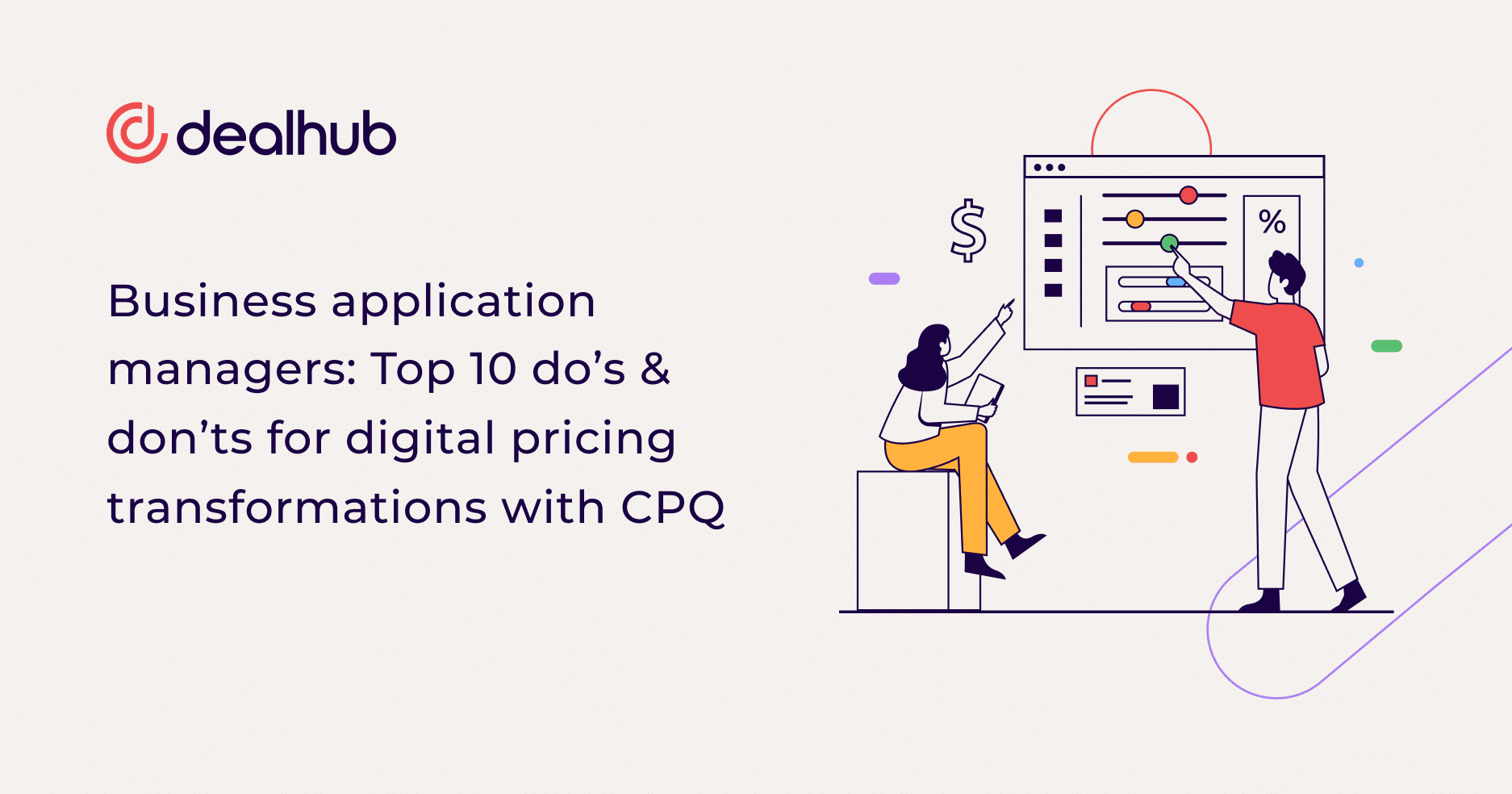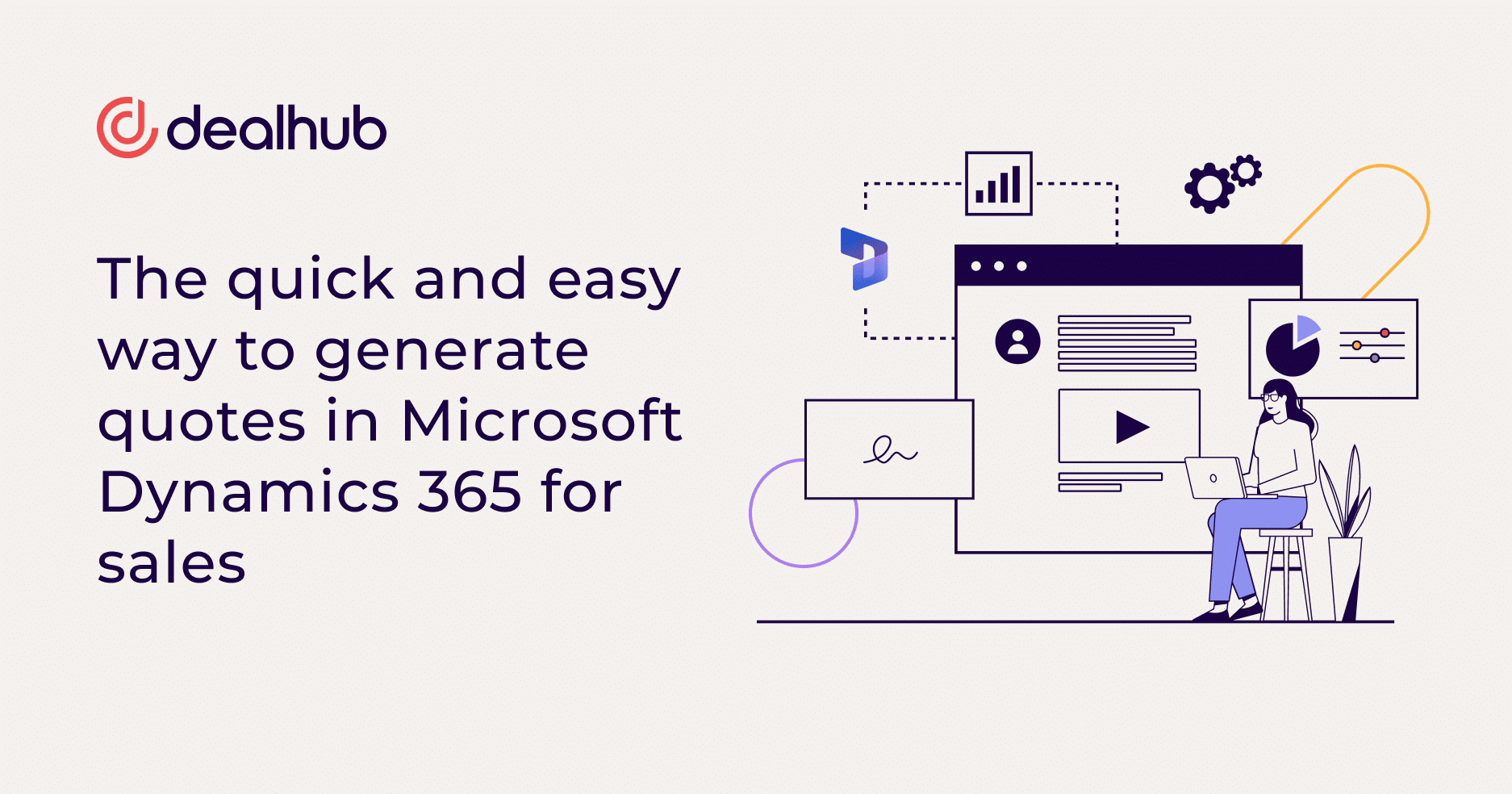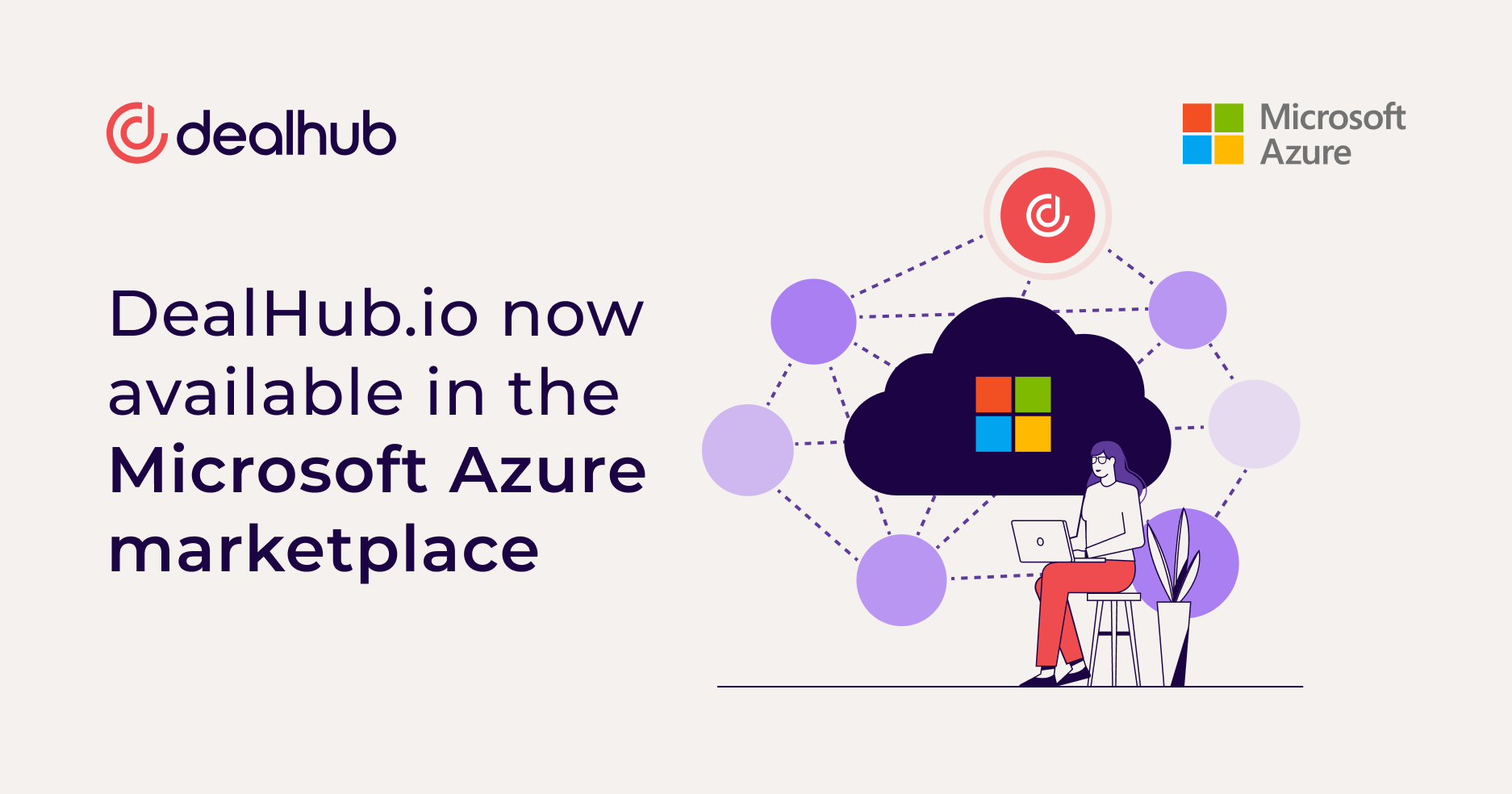For business application managers searching for a quoting solution for Microsoft Dynamics 365 for Sales, CPQ promises to revolutionize pricing strategies, enhance customer experiences, and boost revenue. However, embarking on a CPQ journey isn’t without its challenges. To help you navigate this transformative process successfully, we’ve compiled a comprehensive guide that outlines the top 10 “Do’s” and “Don’ts” for digital pricing transformations with CPQ. Whether you’re just starting your CPQ implementation or looking to refine your existing strategy, these insights will prove invaluable in aligning your efforts with business goals and avoiding common pitfalls.

The Do’s: Charting a Course for Success
1. Do Align with Business Goals: The first step to a successful digital pricing transformation is ensuring it aligns seamlessly with your organization’s overarching business goals and objectives. Without this alignment, your efforts may go astray, wasting time and resources.
2. Do Involve Key Stakeholders: Engage a diverse range of key stakeholders, including sales, marketing, finance, and IT, right from the outset. Their insights and perspectives are invaluable in crafting a holistic CPQ strategy and ensuring a unified customer journey.
3. Do Prioritize Data Quality and Integration: Data is the backbone of effective CPQ. Prioritize data quality and seamless integration with other business systems to ensure accurate pricing and streamlined processes.
4. Do Take a Customer-Centric Approach: Place your customers at the center of your CPQ strategy. Offer personalized pricing options and a frictionless buying experience to meet their needs effectively.
5. Do Provide Continuous Training: Empower your sales teams with ongoing training and support. This ensures they maximize the use of CPQ tools and optimize pricing strategies effectively.
6. Do Measure and Analyze: Implement key performance indicators (KPIs) and analytics to track the effectiveness of your pricing strategies. Data-driven adjustments are essential for staying ahead in the market.
7. Do Experiment and Iterate: Be open to testing new pricing models and iterating your approach based on feedback and results. Flexibility is key to staying competitive.
8. Do Ensure Legal Compliance: Don’t overlook the importance of legal compliance. Ensure that your pricing strategies adhere to all relevant regulations and industry standards.
9. Do Select CPQ Vendors Wisely: Choose a CPQ vendor that integrates natively with Microsoft Dynamics. Select a vendor that aligns with your business needs and offers scalability for future growth to ensure your long-term success.
10. Do Invest in Change Management: Develop a change management plan to ease the transition and gain buy-in from employees at all levels. A smooth transition is crucial for success.
The Don’ts: Navigating Common Pitfalls
As you embark on your digital pricing transformation with CPQ, it’s essential to be aware of potential stumbling blocks that could hinder your progress. Here are the top 10 “Don’ts” to steer clear of:
1. Don’t Neglect Data Quality: Avoid relying on inaccurate or outdated data for pricing decisions. Without clean, reliable data, your CPQ system’s output may lead to costly errors.
2. Don’t Rush Implementation: Take the time to plan and execute your CPQ transformation thoughtfully. Rushing into deployment can result in overlooked details and suboptimal outcomes.
3. Don’t Overcomplicate: Keep your pricing models as simple as possible to prevent confusion for both customers and internal teams. Overly complex pricing can deter potential buyers and frustrate your staff.
4. Don’t Ignore Customer Feedback: Disregarding customer feedback can lead to pricing strategies that don’t resonate with your target audience. Listen to your customers; they are your best source of insights.
5. Don’t Neglect Training: Failing to provide adequate training can result in underutilization of CPQ tools. Invest in thorough training programs to ensure your team can harness the full potential of your CPQ system.
6. Don’t Set and Forget: Pricing strategies should evolve with changing market conditions and customer preferences. Avoid setting them in stone; regularly review and adjust as necessary.
7. Don’t Skimp on Security: Ensure the security of customer data and sensitive pricing information. A data breach can not only result in financial losses but also damage trust and reputation.
8. Don’t Disregard Legal Compliance: Ignoring legal and regulatory requirements can lead to costly legal issues. Stay informed about the laws and regulations that pertain to your industry and pricing practices.
9. Don’t Forget Scalability: Implement a low-code CPQ solution that can scale with your business’s growth. Failing to consider scalability can result in limitations that hinder your expansion plans.
10. Don’t Silo Departments: Collaboration is key to a successful CPQ transformation. Avoid working in departmental silos and encourage cross-functional collaboration among all relevant teams.
By being mindful of these “Don’ts,” you can navigate the challenges often accompanying digital pricing transformations with CPQ. Combining the “Do’s” and “Don’ts” will provide you with a comprehensive roadmap for success in your CPQ journey.
Deliver one fluid sales motion with a CPQ for Microsoft Dynamics 365 for sales
All business application managers aim to create one fluid sales motion that simplifies the buying and selling experience. Avoid the scenario where sales representatives are juggling various disconnected tools that hinder their ability to close deals efficiently. Engage in open conversations with your sales team to understand their specific needs and ensure that the chosen tech solutions are seamlessly integrated and scalable, capable of handling complex deals without causing frustration.
Moreover, the value of sales professionals’ time cannot be underestimated. Lengthy manual tasks and convoluted sales processes waste valuable time and hinder efficiency and productivity. To enhance your sales team’s quoting speed and accuracy, consider implementing CPQ software. CPQ technology streamlines administrative tasks, empowering sales representatives with greater autonomy and flexibility. With its suite of integrated tools, CPQ adapts to your unique requirements, offering a solution that simplifies your sales processes and enhances productivity and effectiveness.
When choosing technology solutions for your sales team, keep the above recommendations at the forefront of your decision-making process to simplify vendor selection. Following these do’s and don’ts increases the likelihood of a successful implementation while fostering maximum adoption among your sales team.







